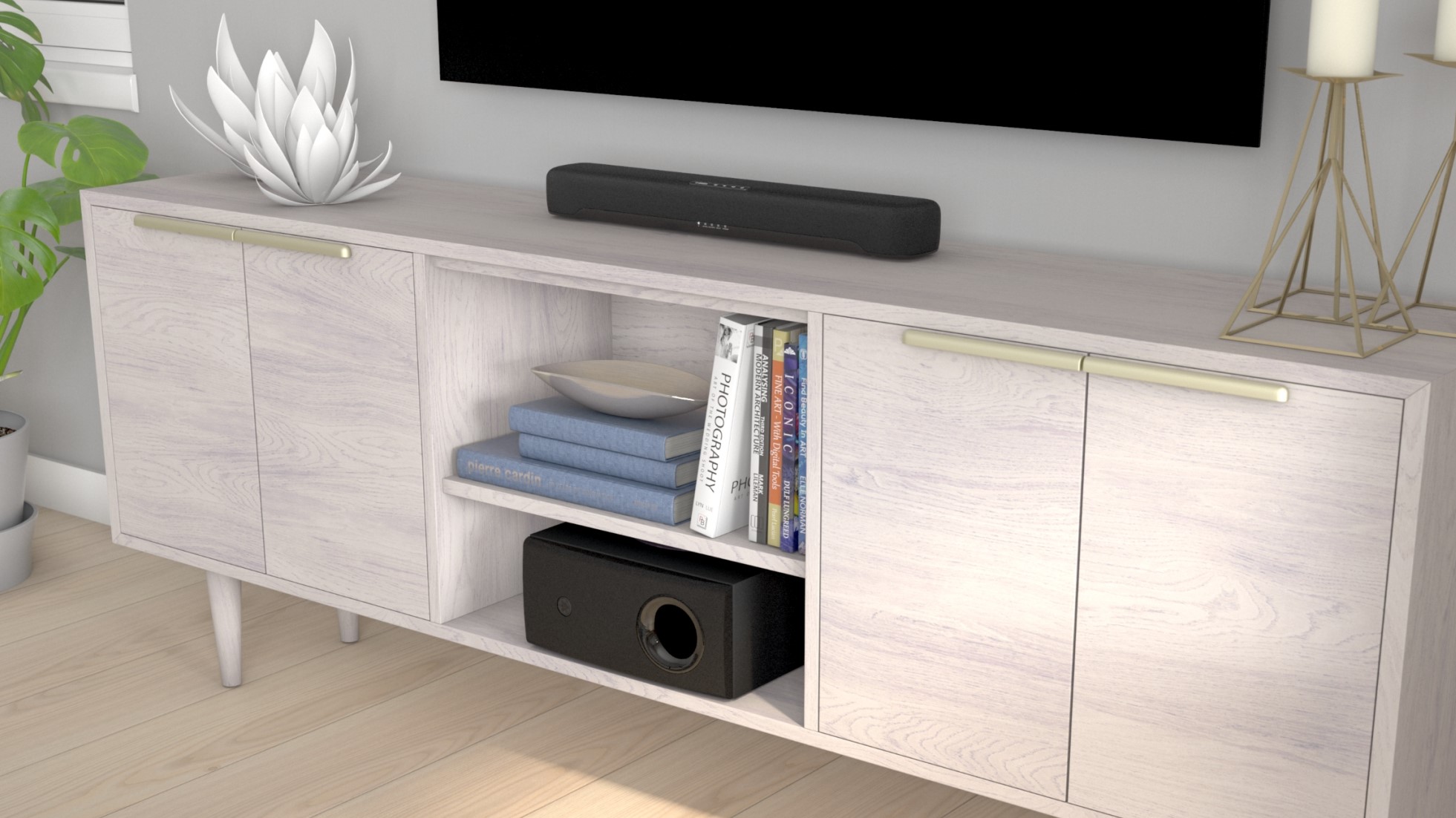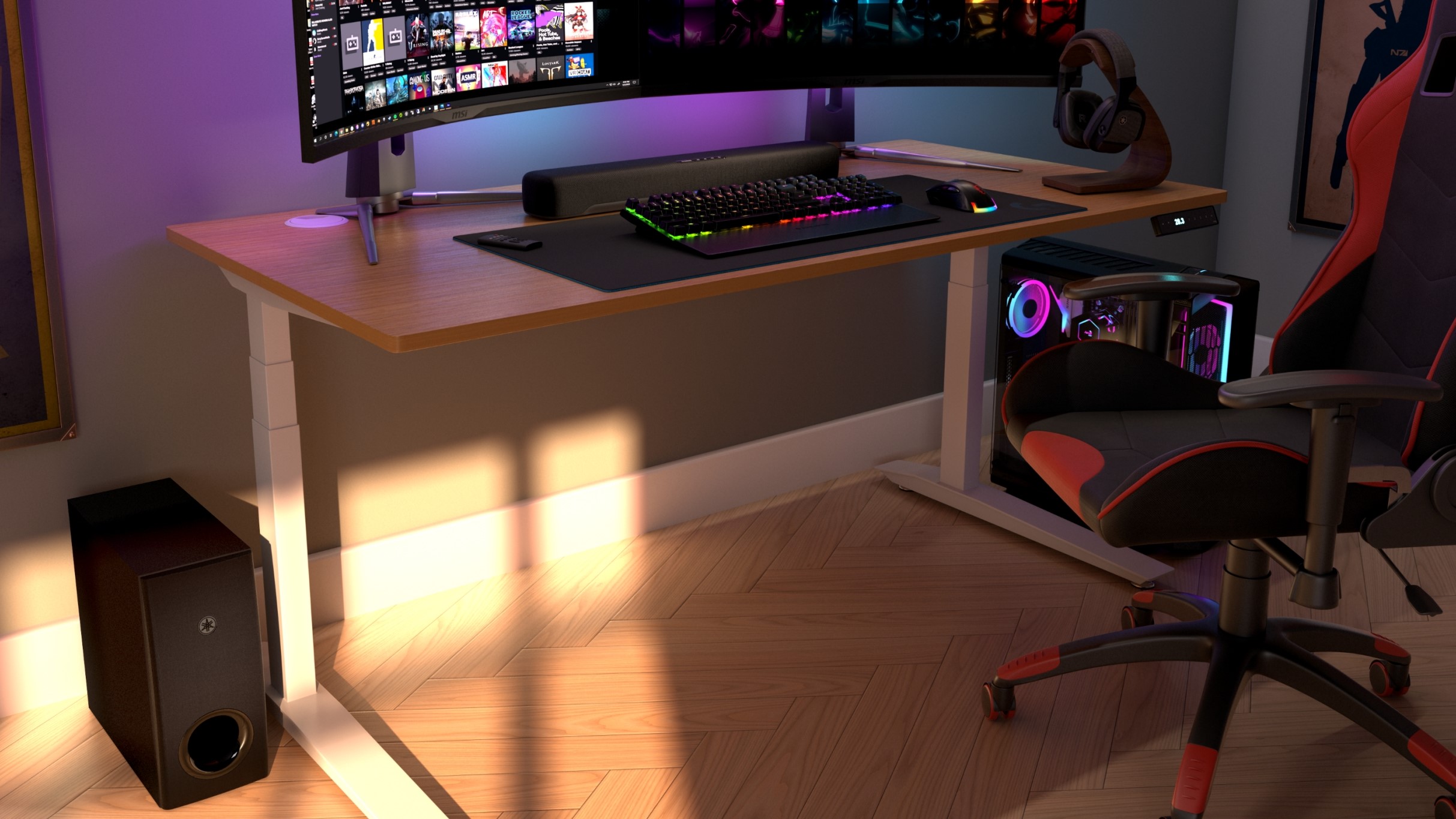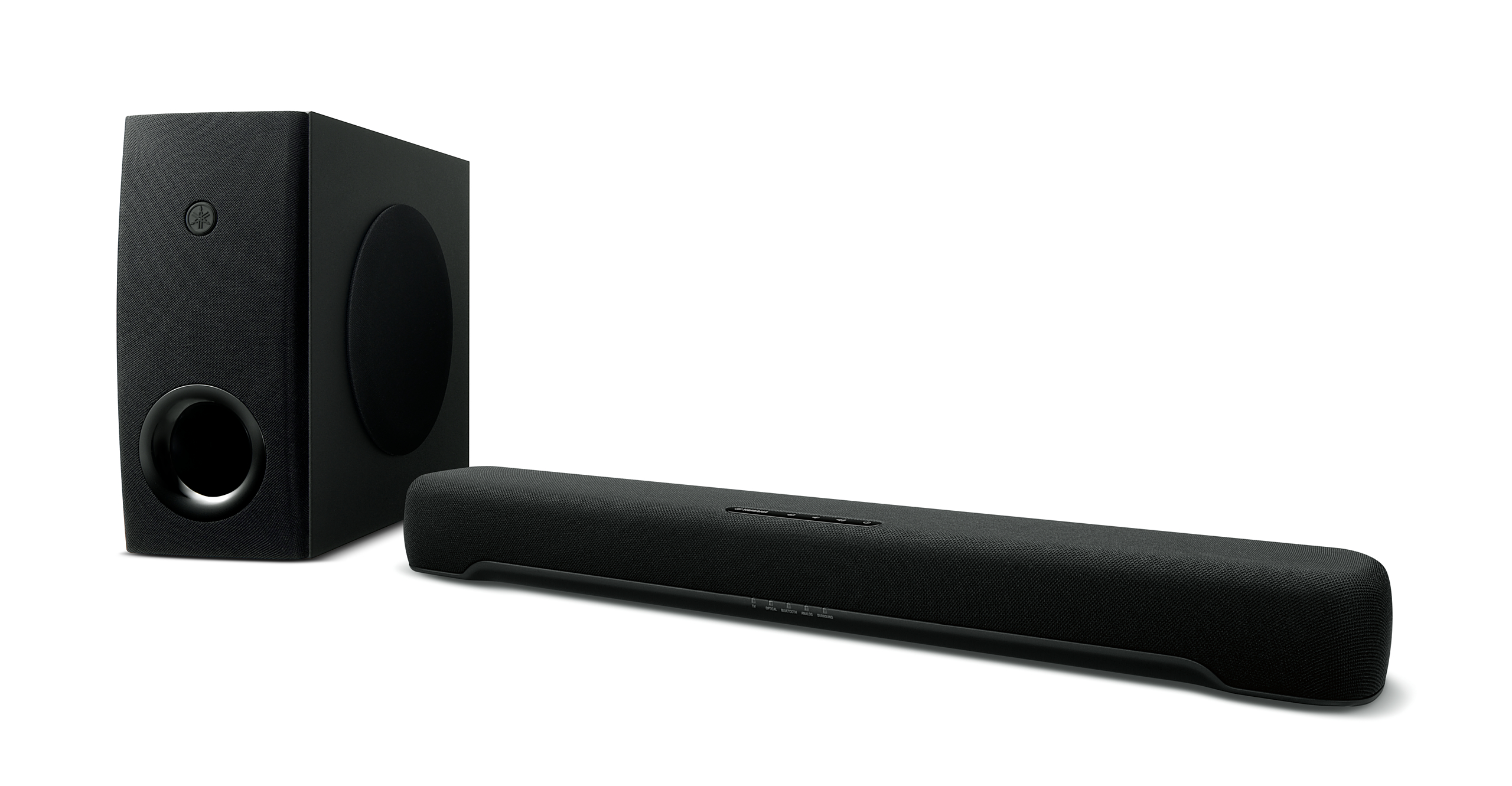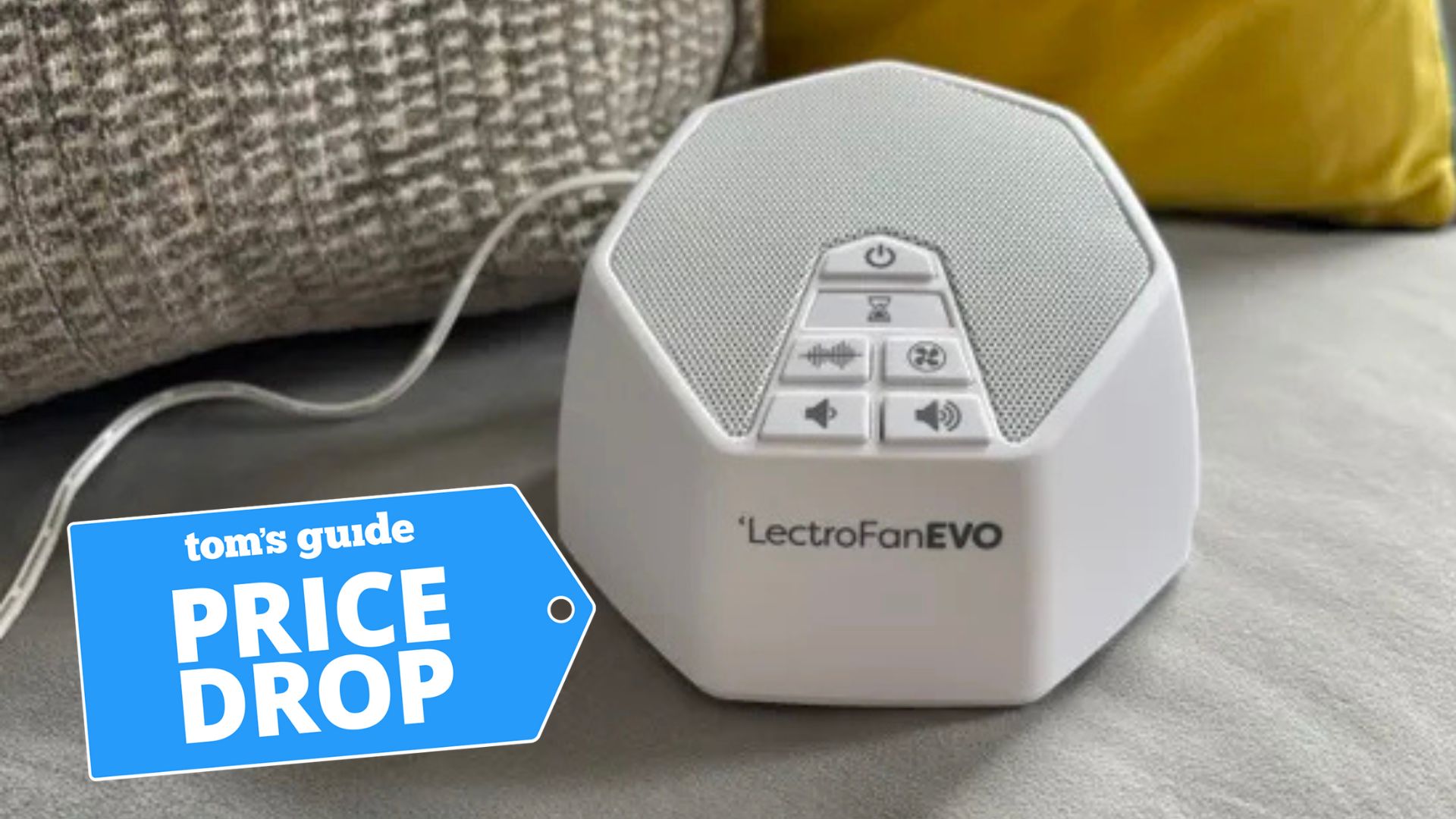Yamaha's low-cost soundbar and sub combo may be all you need to kickstart your home theater
The Yamaha SR-C30A soundbar promises more punch and scale to rival leading budget standalone soundbars

Watch out Sonos, Yamaha has just raised the bar in the budget soundbar arena by announcing the SR-C30A package pitched at exactly the same price as the Sonos Ray (the company's entry-level soundbar) and comes with a dedicated subwoofer to handle bass.
Another differentiating factor not found on the entry-level Sonos soundbar is that the Yamaha includes a HDMI port with ARC (Audio Return Channel), and Bluetooth wireless connectivity is also supported. Unlike the Sonos Ray though, the Yamaha doesn't offer multi-room connectivity to seamlessly integrate with other speakers systems around the home, or offer music streaming support via its app.
As with the Sonos Ray, the Yamaha SR-C30A looks to be a slim and compact soundbar measuring 23.6 x 2.5 x 3.7-inches, making it an ideal size for working with smaller screens such as the best small smart TV screens or best desktop monitors.
The partnered wireless subwoofer measures just 6.3 x 13.2 x 14.3-inches, which should make it small enough to be tucked away in a corner. It's a front ported design with a side-firing driver on the right, meaning it can even be placed on its side on an open shelf within a TV cabinet.
Big sound from small speakers

Getting a big sound from a compact and affordable speaker package can feel like a tall order. But Yamaha knows a thing or two about making music in all its forms, from the musical instruments that make the sounds through to the systems that play the recorded music.
Unlike the best Dolby Atmos soundbars, the Yamaha SR-C30A focus on what it calls True Sound and has even fewer speaker drivers than the Sonos Ray. There are just 2x 1.8-inch drivers to handle mid and high frequencies, whereas the Sonos Ray has 4 drivers (2 each side) that handle the full range of frequencies, from lows all the way through to the highs.
The Yamaha's ace is that it has a subwoofer fitted with a 5.1-inch driver entirely dedicated to handling low frequencies, which could make it sound better than the Sonos Ray in terms of the amount of punch and power it can bring to the movie soundtrack experience at home.
Get instant access to breaking news, the hottest reviews, great deals and helpful tips.
Value in a small package

In terms of formats, the Yamaha supports Dolby Digital soundtracks but there is barely any info on any pseudo surround tech apart from the mention of a Virtual Surround mode.
Of course, the SR-C30A soundbar is essentially a stereo speaker system with a subwoofer, which means any surround soundtrack will be downmixed to just the left and right channels like the Sonos Ray. Yamaha also mentions tailored EQ modes including Standard, Stereo, Game, and 3D Movie, but quite how these sound remains to be seen when we carry out our review.
The Yamaha app takes care of everyday functionality, and there's a Clear Voice mode aimed at enhancing dialogue clarity. For shared households, late night listening is handled by Yamaha's Adaptive Low Volume function, which claims to provide all the thrills and emotion of what's on screen yet make vocals and speech easy to discern when listening at low volume.
Like the Yamaha YAS-207 that continues to rank as one of our best soundbars below $300, there's no doubt that Yamaha aims to pack a punch to price rivals with its SR-C30A package. Competition is heating up in this sector of the market though, and with some models offering a second HDMI port, dedicated center speaker drivers, and even Dolby Atmos support for around the same kind of price, Yamaha may have its work cut out.
The Yamaha SR-C30A package is set to arrive in October priced at $279/£299 /AU$399. Look out for our review coming soon.

Lee was Tom's Guide's audio editor, where he covered all things audio for Tom's Guide, including headphones, wireless speakers and soundbars and loves to connect and share the mindfulness benefits that listening to music in the very best quality can bring. As a former editor of the U.K.'s Hi-Fi Choice magazine, Lee is passionate about all kinds of audio tech and has been providing sound advice to enable consumers to make informed buying decisions since he joined Which? magazine as a product tester in the 1990s. Lee has joined the passionate audio experts at audiograde.uk where he writes about luxury audio and Hi-Fi.
